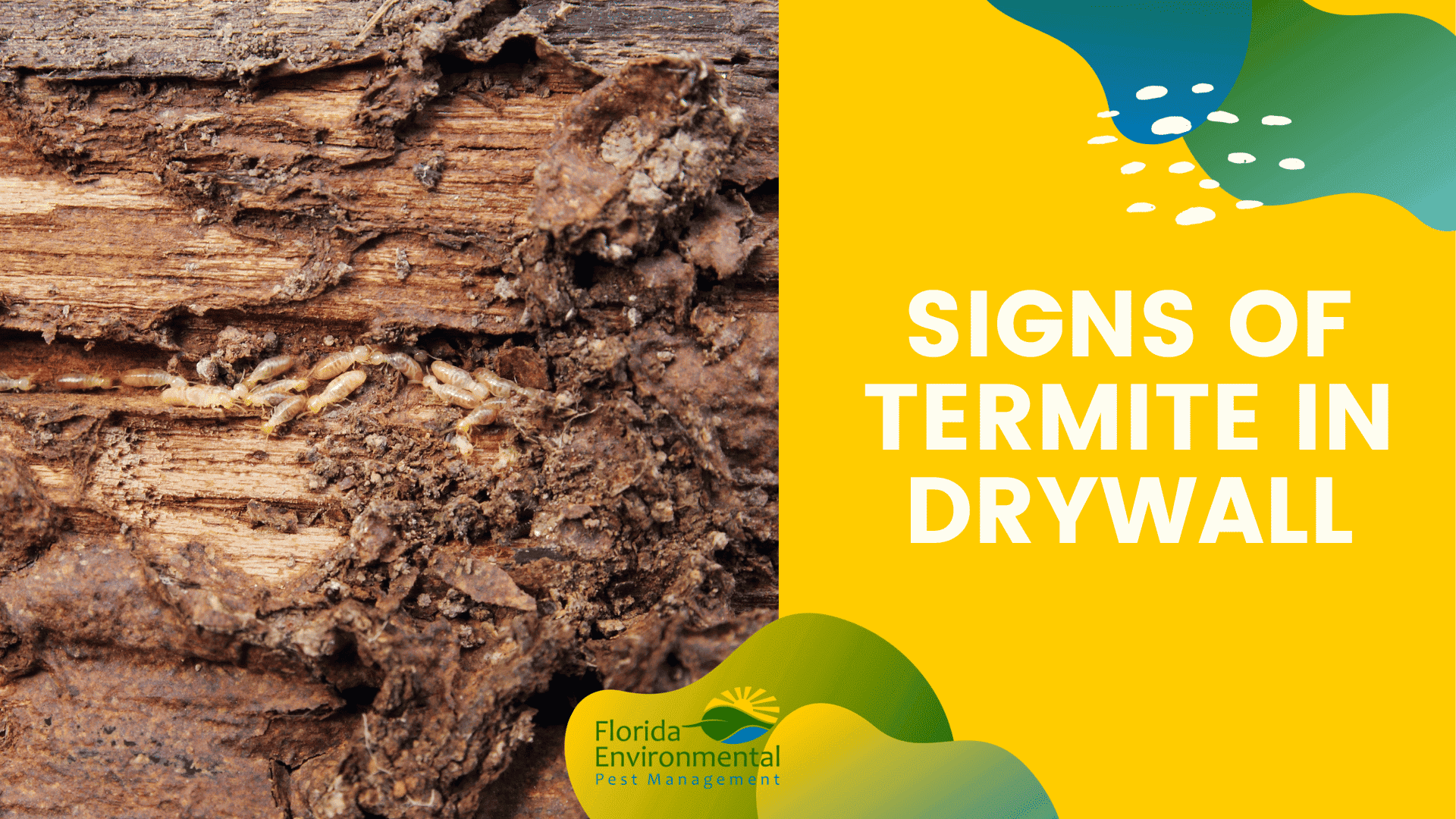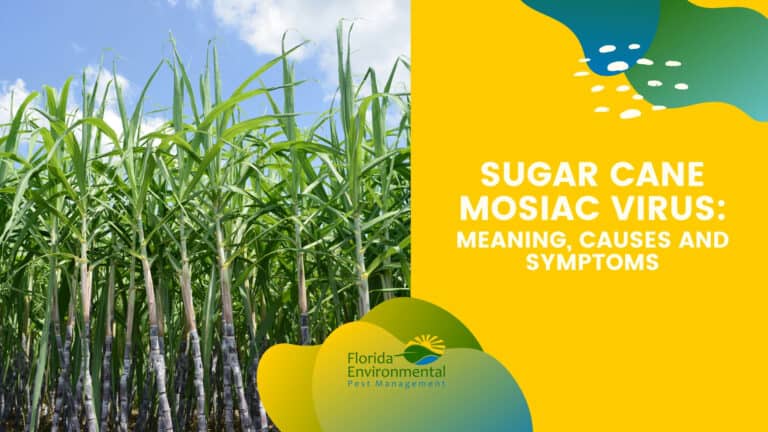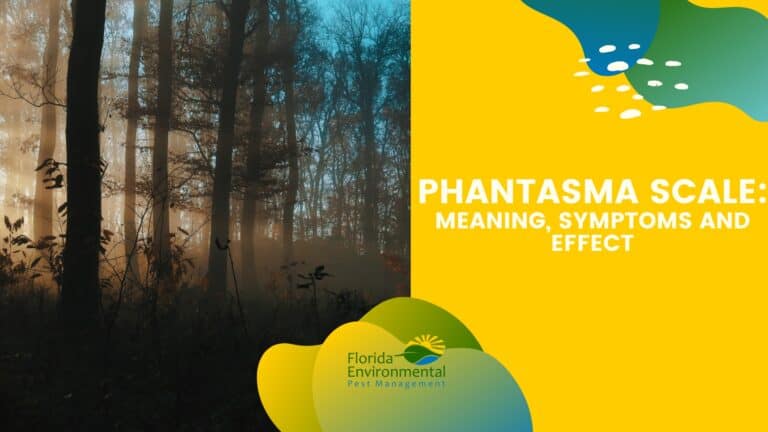When it comes to safeguarding your home and ensuring its structural integrity, one of the most crucial aspects to consider is identifying signs of termite in drywall. These small, wood-eating pests may seem insignificant, but if left untreated, they can wreak havoc on your property, causing extensive damage and potentially leading to costly repairs.
Termites have a voracious appetite for cellulose-based materials, such as wood, and drywall serves as a delectable feast for them. These silent invaders can silently penetrate your walls, ceilings, and other wooden structures, gradually weakening the very foundation of your home.
The damage caused by termites often goes unnoticed until it reaches advanced stages, making early detection all the more crucial. This article looks at some of the early warning signs of termites and how to treat termites in walls. Let’s get right into it.
Visible Signs of Termites in Drywall
The following are signs of termites in walls that you should look out for.
1. Mud tubes
Termites often build mud tubes on the surface of walls or ceilings. These pencil-thin tubes protect the termites as they travel between their nests and food sources.
2. Swarmers
Termite swarmers are winged reproductive termites that emerge in large numbers. If you notice discarded wings near windowsills or other areas, it could be a sign of a termite infestation.
3. Hollow-sounding wood
Termites feed on wood from the inside out, leaving only a thin layer of paint or drywall intact. If you tap on the wall and it sounds hollow, it may indicate termite damage.
4. Frass
Termite droppings, known as frass, resemble tiny wood-colored pellets. You may find them near termite tunnels or on the floor beneath infested areas.
Signs of Termite in Drywall Ceiling
Here are some signs of termite infestation in drywall ceilings, including early-stage signs:
1. Sagging or bulging drywall
Termites can cause structural damage to drywall ceilings, leading to noticeable sagging or bulging. As termites feed on the cellulose within the drywall, they weaken its integrity, causing it to lose its firmness and shape.
If you observe a ceiling that appears to be sagging or bulging, it could be an indication of termite activity within the drywall. It’s important to note that this sign typically indicates an advanced stage of infestation, as termites have already caused significant damage to the underlying structure.
2. Discoloration or staining
Infested drywall ceilings often display signs of discoloration or staining. This occurs due to a combination of moisture and termite activity.
Termites require moisture to survive, and they create humid environments within their nests and feeding galleries. As a result, moisture can accumulate within the infested drywall ceiling, leading to discoloration or dark patches. If you notice any unusual or unexplained discoloration on your drywall ceiling, it’s worth investigating further for potential termite infestation.
3. Small pinholes
In the early stages of a termite infestation, you may notice small pinholes on the drywall ceiling’s surface. These pinholes are entry points created by termites as they tunnel through the material. While the holes may initially be tiny and inconspicuous, they can gradually expand as the termite activity intensifies.
4. Faint clicking sounds
In some cases, if you put your ear close to the ceiling, you may be able to hear faint clicking or tapping sounds. These sounds are produced by termites as they communicate and work within their colonies. However, it’s important to note that this sign may not always be present or easily detectable, especially in larger or more soundproofed spaces.
It’s essential to remain vigilant and regularly inspect your drywall ceilings for any signs of termite activity, even in the early stages. If you suspect a termite infestation, it’s advisable to contact a professional pest control company for a thorough inspection and appropriate treatment.
How to Treat Termites In Walls
The common methods of treating termites in walls include but aren’t limited to:
1. Liquid Termiticides
Liquid termiticides are a widely used and effective treatment method for eliminating termites in walls. A professional pest control technician will apply the liquid termiticide to the soil around the perimeter of the infested area or directly into the wall voids. The termiticide creates a barrier that termites cannot penetrate, effectively killing them on contact or as they pass through the treated soil or treated areas within the walls.
2. Bait Stations
Termite bait stations are another popular treatment option. These stations contain specially designed baits that are attractive to termites. They are strategically placed around the perimeter of the building or near termite activity sites within the walls.
Termites consume the bait and bring it back to the colony, leading to the elimination of the entire termite population. Bait stations are monitored regularly by pest control professionals to ensure their effectiveness.
3. Termite Foams
Termite foams are a localized treatment method used for targeting termite infestations within wall voids. The foam is injected directly into the infested areas, filling the voids and reaching the termites. The foam also expands to reach inaccessible areas, effectively killing termites on contact. It can also serve as a residual barrier, providing ongoing protection against future infestations.
4. Fumigation
Fumigation is a highly effective treatment method for severe termite infestations in walls. It involves enclosing the entire structure in a tent and introducing a fumigant gas that penetrates the walls and reaches the hidden termite colonies. The gas eliminates termites at all life stages, including eggs, larvae, and adults. Fumigation requires specialized equipment and strict safety protocols, so it should be performed by licensed professionals.
Is There a Home Remedy to Kill Termites?
While some DIY methods exist, they may not be as reliable or effective as professional treatments. Some home remedies you can use to kill termites in dry walls include orange oil, vinegar, or boric acid. These remedies may have limited success and may not fully eliminate a termite infestation. You are advised to consult with a professional pest control company for comprehensive and long-lasting results.
Say Goodbye to Termite Worries with Florida Environmental
Termites thrive in the warm and humid climate of Florida, posing a significant threat to homes and causing billions of dollars in damages each year. Unfortunately, homeowner’s insurance typically does not cover termite damage, making it crucial to prioritize termite prevention and control.
At Florida Environmental Pest Management, we understand the importance of protecting your largest investment. That’s why we offer a range of comprehensive termite control solutions tailored to your needs. Our team of experts specializes in identifying and eradicating the four most common types of termites found in South Florida: Formosan Termites, Eastern Subterranean Termites, Drywood Termites, and Asian Termites.
Contact us now to schedule a free termite inspection and explore our comprehensive termite control services. Our friendly team is ready to assist you in protecting your home from these destructive pests.





